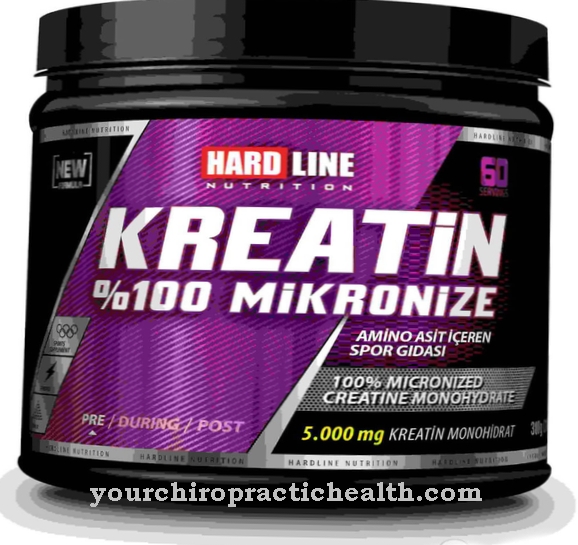Hemp is an ancient medicinal and useful plant with considerable potential, but it also has its downsides because it can trigger psychoses in mentally unstable people. In this respect it is the durian among plants. The Southeast Asian durian fruit is said to be terrific in terms of taste and nutritional content, but spreads a penetrating smell around it.
In contrast to durian, however, hemp can be freed of its blemishes by distilling the psychoactive THC out of the plant. Then cannabidiol CBD dominates the hemp plant, which is the antagonist of THC in many ways. When CBD is now on the market, the remaining THC should only be between a harmless 0.3% and 0.7%.
A brief explanation of the importance of CBD

CBD is a cannabinoid from hemp and a main active ingredient in cannabis. In contrast to THC, CBD is not addictive. CBD oil contains vitamins such as B1, B2 and E, proteins, iron, magnesium, copper, calcium, sodium, zinc and phosphorus, as well as various minerals such as potassium.
The traces of hemp as part of human cultures can be traced back over 5,000 years. In addition to its medicinal properties, hemp was of interest for the production of textiles, linen, paper and sailcloths. The basic building block for production were the fibers taken from the plant. Primitive peoples also used hemp as a stimulant in sacred ceremonies.
Due to the change in values associated with the 1968 movement and the search for alternative lifestyles, hemp moved into the focus of general interest as a companion at lavish parties. This motivated researchers to study the basic structure of the plant in depth. In the 1970s, important secrets about hemp were finally revealed. Since the legalization of CBD in Switzerland in 2017, the question of the extent to which hemp can be used for medical purposes without THC has also been discussed with interest in other countries.
CBD can be taken as a cigarette, e-cigarette (vaporizer), ointment, oil, chewing gum, shampoo, gummy bears, oral spray and capsule. Further information on the healing substance can be found on the blog CBD360. This is cultivated by the CBD enthusiast Cornelius de Luca, who has set himself the goal of counteracting the "ignorance, [the] ignorance and simply injustice on the part of the authorities" towards CBD.
The medical background of CBD
The diverse mechanism of action of CBD is based on the fact that CBD docks onto several receptor systems. This is also the background for the different onset of effects of CBD, which in certain processes starts almost immediately and in other processes only in eight hours.
Above all, the influence on the endocannabinoid system (ECS), an important part of the human nervous system, leads to noticeable effects. Medical professionals found that CBD stimulates both neuron-related CB type 1 and autoimmune cell-related CB type 2. Among other things, the ECS regulates pain perception, the immune system, mood, various fears, sleep, appetite and body temperature.
Also of interest is the effect of CBD as an antagonist of the GPR55 receptor, which in turn is linked to the G protein. The GPR55 receptor was only identified by researchers in 2007 and is also part of the ECS. According to the current state of knowledge, the receptor helps regulate inflammation, which also explains the anti-inflammatory effect of CBD. In addition, it does its part for the osteoclasts.
These multinucleated giant cells arise from the bone marrow and have a large number of mitochondria and lysosomes.Since the osteoclasts guarantee the stability of the bones, based on these discoveries there are interesting conceivable possibilities for the use of CBD against diseases of the bones of various kinds.
In addition, CBD increases the release of the nucleoside adenosine, which in turn blocks important messenger substances such as dopamine, noradrenaline and acetylcholine, which are thus retained in the brain in greater concentrations. Other bodily processes triggered by adenosine are the expansion of the vessels to promote blood circulation, regulation of the heartbeat, activation of the anti-inflammatory antagonist theophylline and much more.
Overall, medical professionals were able to discover numerous interactions between the CB1 with neurotransmitters and neuromodulators. In addition to the messenger substances mentioned, CBD also promotes acetylcholine, GABA, glutamate, histamine, D-aspartate, cholecystokine and glycine, which means that they are available to the body in greater concentrations.
Multimodal mechanism of action
Doctors and patients appreciate the versatile mechanism of action of CBD, so that CBD as a medicine is still the subject of medical research. So far, it has been considered certain that CBD has anti-inflammatory, anti-epileptic, pain relieving, antioxidant, cell protecting, anticonvulsant and antihypertensive properties, so that the number of diseases that CBD could help with is large.
The positive influence on the cells works against skin diseases such as acne and neurodermatitis as well as against cell death (cancer). By strengthening the nervous system, the use of CBD against various nervous diseases such as Parkinson's, rheumatism, Crohn's disease and fibromyalgia is also being discussed.
The beneficial effects on the psyche are also enormous, because CBD has already been able to help many people with fears, compulsions, restlessness, nervousness, sleep disorders, depression and even psychoses. Cognitive processes are also strengthened and the neuroplasticity of the brain promoted. In addition, due to its appetite suppressing effect, CBD is used as a support for a diet.
The information given is based on relevant studies and the experience of customers whom CBD was able to help with their complaints. As with other drugs and supplements, CBD has varying degrees of effectiveness on patients. In the event of serious complaints, the use of CBD should be clarified by a doctor.
Advice on taking CBD
The dose of CBD depends on the type of discomfort and the type of substance. As with other products, the individual offers differ greatly in price and quality. The most important criterion is initially the proportion of CBD in the substrate, which fluctuates between 3% and 30%. Products with a share of 10% are considered average and products with around 20% CBD are already extremely high quality.
In addition, it is often not just the CBD that has an effect on the user. Often other valuable ingredients are added to the preparations, which have a specific effect, but also, if put together by a knowledgeable specialist, can enter into productive interactions with one another and trigger synergy effects. Examples of other valuable and typical ingredients in CBD products are the cannabinoids CBC, CBG and CBN, the terpenes caryophyllene, humulenes, linalool, limonene, myrcene and pynene and flavonoids.
The side effect profile of CBD is overall favorable. Lighter side effects can occur in the form of tiredness, drowsiness and dry mouth, which in most cases go away after regular use.








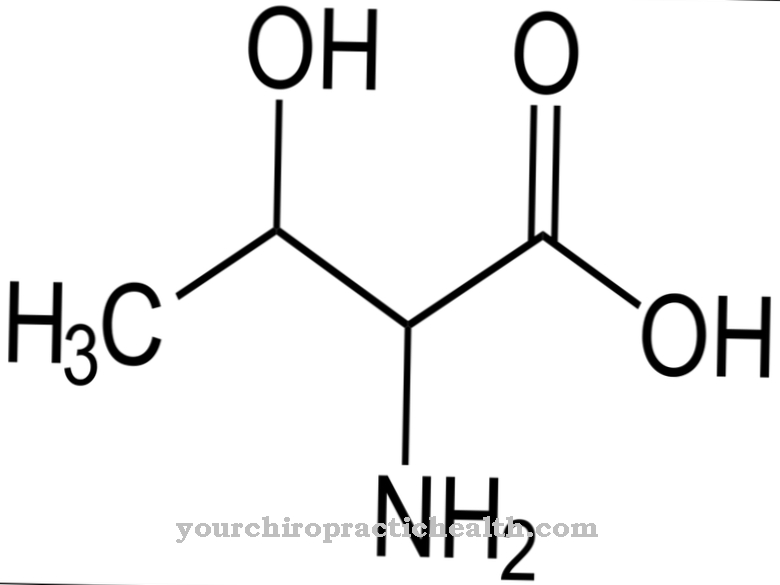
.jpg)





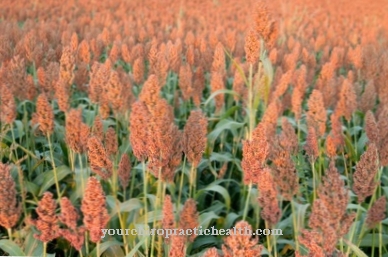






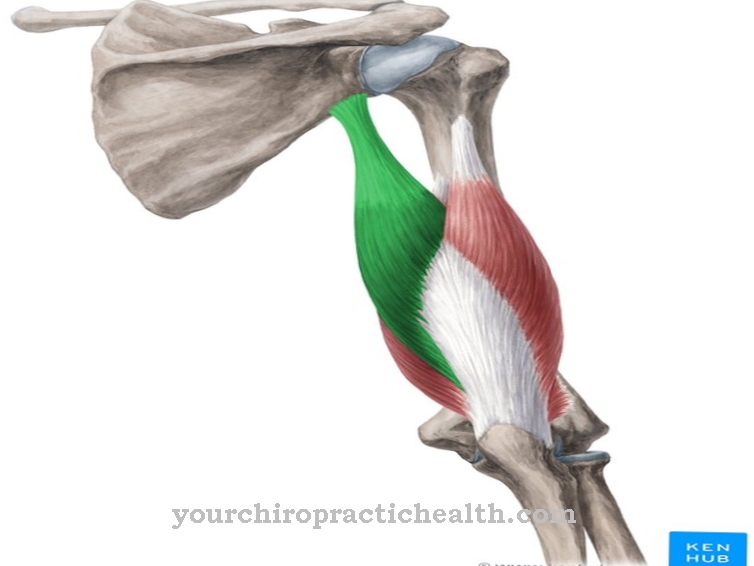
.jpg)

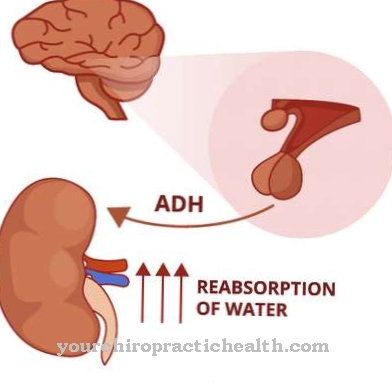

.jpg)
